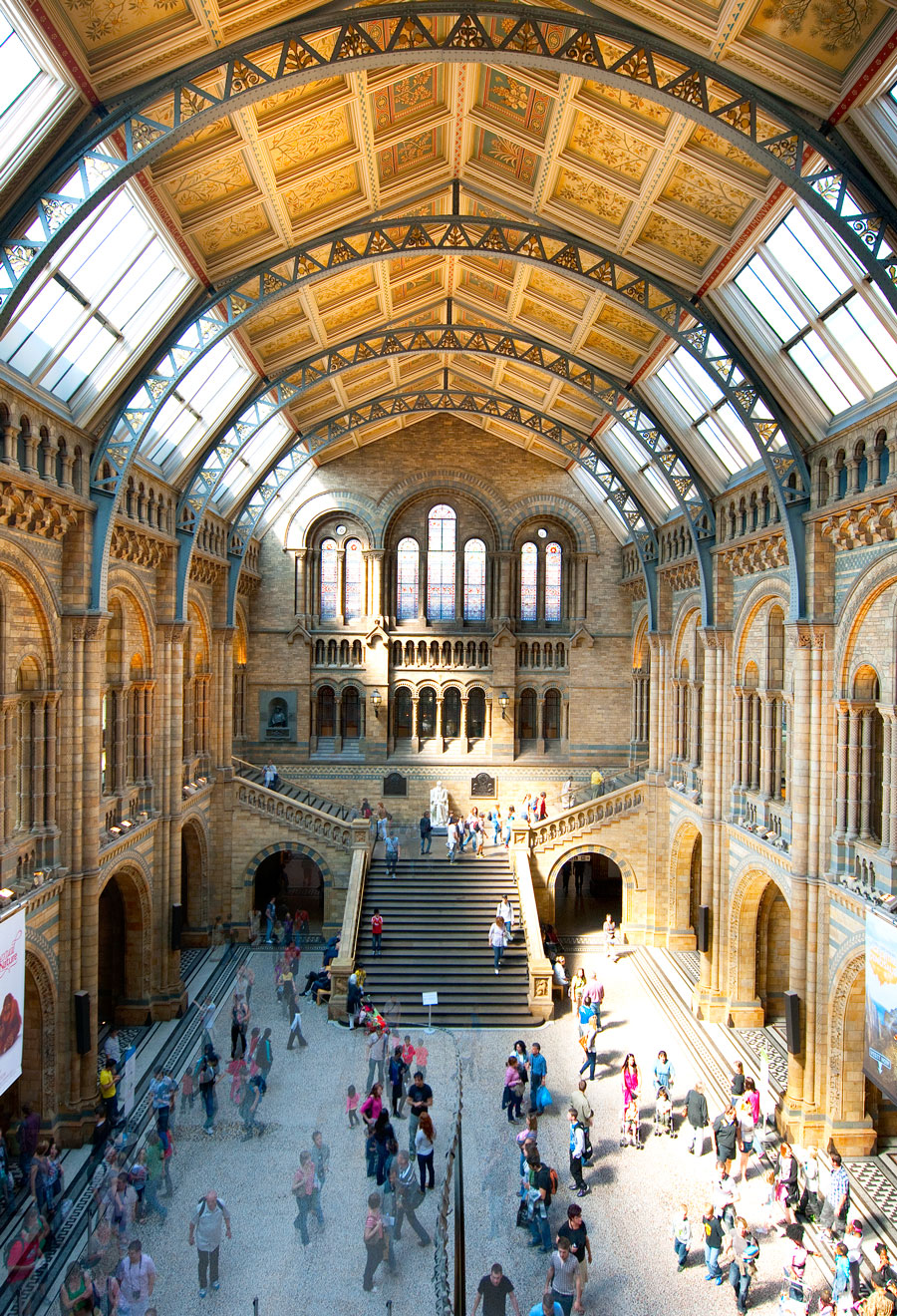From the streets of Paris to the heart of Manhattan, the world’s most popular museums attract millions of visitors each year. These revered institutions are known for their fine art, priceless artifacts, and outstanding cultural relics that are well worth the price of admission. The only drawback of visiting such renowned museums? Working your way through the large crowds so you can get close enough to see the art and artifacts for yourself. Using data provided by The Art Newspaper and other industry sources, we’ve ranked the top 10 most-visited museums in the world in 2024.
10. Suzhou Museum – Suzhou, China
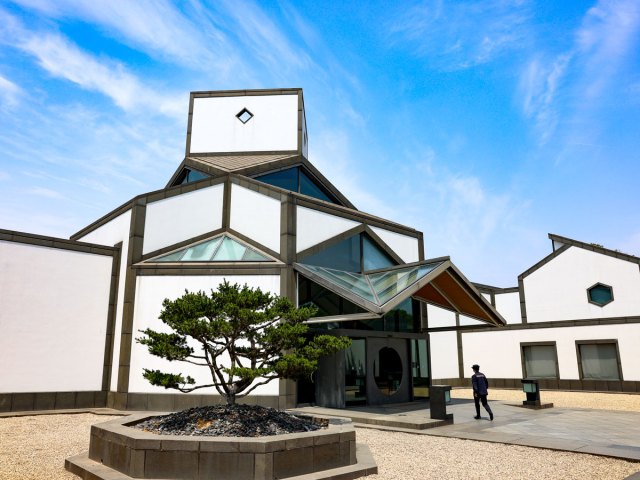
Number of annual visitors in 2024: 4.85 million
Founded in 1960, the Suzhou Museum was redesigned in 2006 by world-famous architect I.M. Pei, the same man responsible for the glass pyramid outside the Louvre. The redesigned museum sits atop a historic Chinese landmark known as the Zhong Wang Fu palace complex. Pei incorporated much of its traditional Chinese architecture into his final museum design, which has been a hit with visitors. The museum’s attendance rose from 2 million in 2017 to nearly 5 million people in 2024.
Located in eastern China about an hour’s drive from Shanghai, the Suzhou Museum’s collection contains roughly 30,000 pieces, including ancient Chinese art, paintings, and handicrafts that showcase China’s rich history and culture. Interestingly, while the Suzhou Museum is the 10th-most-popular museum in the world, it ranks as only the fourth-most-visited museum in China.
9. American Museum of Natural History – New York City

Number of annual visitors: 5 million
The American Museum of Natural History welcomes around 5 million visitors annually, which makes it the second-most-visited museum in the U.S. This famed institution on Manhattan’s Upper West Side was founded in 1869 “to discover, interpret, and disseminate… knowledge about human cultures, the natural world, and the universe,” according to the museum’s official website.
One of the most popular attractions at the American Museum of Natural History is the Hayden Planetarium, which opened in 1935. Here, you’ll find the 429-seat Space Theater, a spherical venue where guests can gaze upward to enjoy daily, educational, hyperrealistic films about the universe and all its contents.
The museum is also known for its many dioramas depicting past cultures and animals in their natural habitats. Perhaps the most impressive of these is the 94-foot-long blue whale model that looms overhead in the Hall of Ocean Life. This accurate replica of the world’s largest animal was constructed in the mid-1960s using limited knowledge of blue whales at the time. It was updated in 2001 for accuracy. The 21,000-pound model is made of both foam and fiberglass, and it has become a symbolic mascot for the entire museum.
8. Nanjing Museum – Nanjing, China
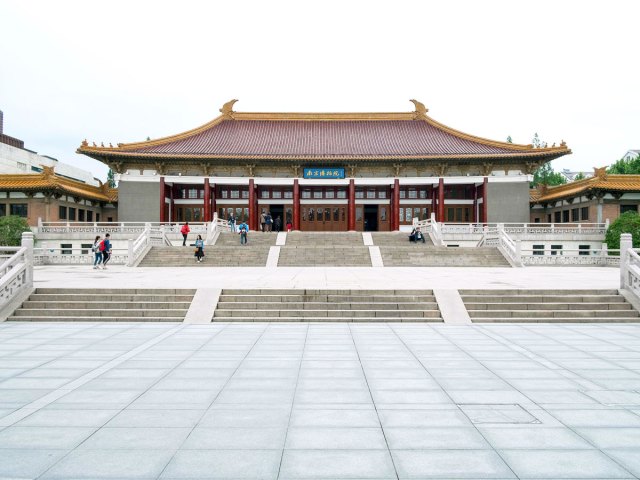
Number of annual visitors: 5.01 million
Located in the capital of China’s Jiangsu province, the Nanjing Museum covers more than 750,000 square feet, placing it among the largest museums in the world and just a few thousand square feet shy of the Louvre in Paris. The museum was established in 1933 and contains several halls dedicated to topics such as Chinese history, art, and cultural heritage. Some of the more remarkable items in the vast collection date back centuries, if not millennia. This includes a Han dynasty-era jade burial suit from around 25 to 220 CE and colorful neolithic pottery made as far back as 4300 BCE.
7. China Science and Technology Museum – Beijing, China

Number of annual visitors: 5.32 million
The China Science and Technology Museum is the country’s second-most-popular museum. Located along the Yanghsan River in northern Beijing, it opened in 1988. While many other museums in China were (and still are) dedicated to art and culture, this museum was specifically founded with science and technology in mind. According to the Beijing government’s website, it’s the “only comprehensive museum of science and technology at a national level in China.”
The CSTM features interactive exhibits at the Science Paradise Hall, where children can learn more about science and tech in an immersive environment. There’s also the Glory of China Hall, which showcases the country’s technological advancements over the years with exhibits on irrigation, urban planning, and other topics.
6. Metropolitan Museum of Art – New York City
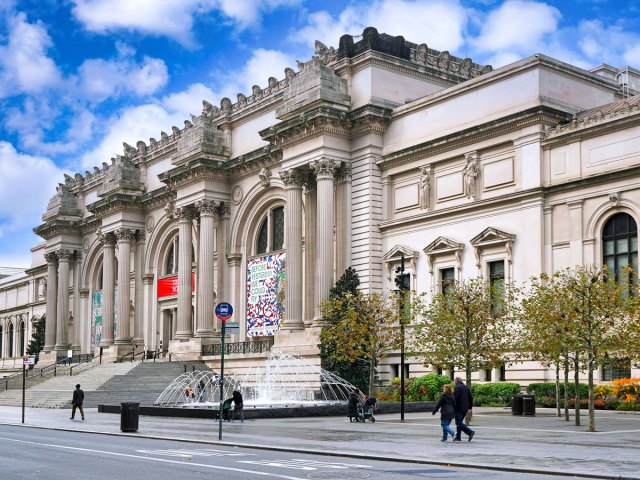
Number of annual visitors: 5.73 million
Located on the eastern edge of New York City’s Central Park, the Metropolitan Museum of Art — or the Met, for short — is the most-visited museum in the United States. More than 5.7 million people flocked to the Met in 2024, a 7% increase from the previous year. The Met opened in 1870 with three private collections of European art, totaling just 174 paintings. Today, that number has grown significantly — you’ll find the works of numerous famous artists, such as Van Gogh, Picasso, Monet, and Leutze.
But the Met isn’t just an art museum; its halls also contain many ancient artifacts. This includes the Temple of Dendur: The authentic Egyptian temple, constructed around 15 BCE, was gifted to the United States by the Egyptian government in 1965 amid threats of potential flooding in the region. Over a 10-year-period, the temple was delivered and reconstructed in the Met, finally opening to the public in 1978.
5. National Museum of China – Beijing, China

Number of annual visitors: 6.3 million-plus
Though we’ve ranked the National Museum of China at No. 5 given the most recent data available, those numbers don’t paint a complete picture. In 2024, the institution recorded 6.3 million visitors from January 1 to November 28. Given an average daily attendance of around 20,000 people, it’s fair to assume that the museum likely drew in closer to 7 million attendees by the end of the calendar year.
Whatever the exact visitation number may be, the museum is the most popular one in China — a country in which a whopping 1.49 billion people visited museums in 2024. The National Museum is located in the heart of Beijing near the Forbidden City and Tiananmen Square. Established in February 2003, it merged the former National Museum of Chinese History and the National Museum of Chinese Revolution into a new, combined entity.
Today, the museum contains a variety of ancient artifacts that exemplify the rich cultural heritage of China. This includes a 2,000-year-old burial suit made from 4,248 pieces of jade sewn together with gold thread, which is believed to have been worn by a Han dynasty-era king.
4. Natural History Museum – London, England
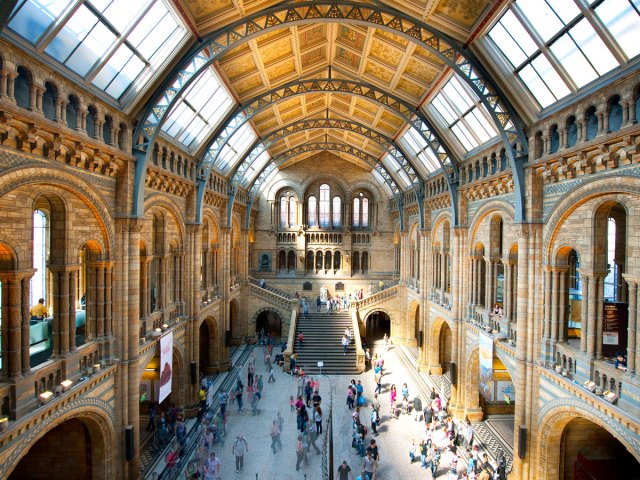
Number of annual visitors: 6.3 million
In 2024, 6.3 million folks explored the halls of London’s Natural History Museum, an 11% increase over the previous year. This world-class institution was founded by naturalist Richard Owen in 1881. (Fun fact: It was Owen who coined the term Dinosauria in 1842, which gave us the modern English word “dinosaur.”) During the museum’s construction, terra-cotta was chosen to protect the building’s exterior, as it was resistant to the smog that was common in Victorian times.
Inside the museum today, you’ll find around 80 million objects, including part of the first T. rex skeleton ever discovered, along with many additional sets of dinosaur bones. The collection also features 478 editions of Charles Darwin’s On the Origin of Species, including an extremely rare first edition from 1859. Other exhibits are more modern in nature, including a moon rock that was gifted from the U.S. to the United Kingdom in 1972 after the final Apollo mission.
3. British Museum – London, England
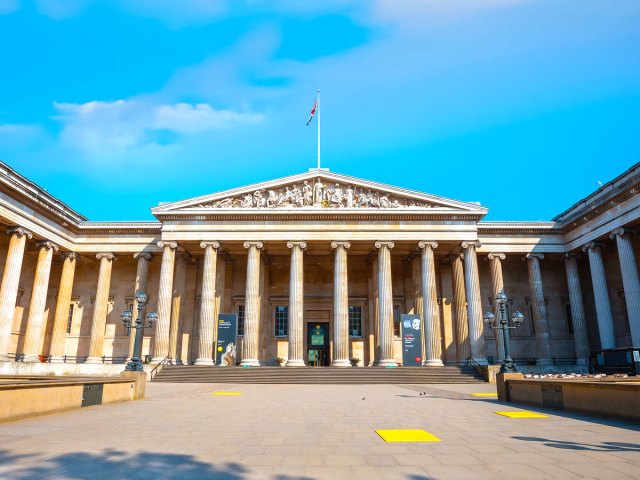
Number of annual visitors: 6.48 million
The British Museum also saw an 11% attendance increase in 2024 over the previous year, bringing its visitor total to nearly 6.5 million annual guests. Opened in 1753, the museum now houses around 8 million works of art. Highlights of its collection include ancient antiquities such as the Rosetta Stone, which was discovered in 1799 and helped researchers decipher Egyptian hieroglyphics, as well as a 7.5-ton statue of the head of Egyptian pharaoh Ramesses II, which was carved in Egypt around 3,000 years ago and brought to London in 1818.
The British Museum’s vast collection also includes 2,500-year-old statues from the Parthenon in Greece, moai heads from the Rapa Nui people of Easter Island, and ceramic figurines from China’s Tang dynasty (circa 728 CE), among other highlights. The collection isn’t without its controversy, however — many of these items have been taken from elsewhere around the globe, and at times, the British Museum has been accused of stealing pieces from other cultures. To learn about this ongoing issue, you can read more here.
2. Vatican Museums – Vatican City

Number of annual visitors: 6.83 million
Despite the fact that only around 800 people live full-time in Vatican City, its museums attract nearly 7 million annual visitors. There are 26 individual museums and galleries that fall under the Vatican Museums umbrella, some of which have existed since the 15th century. These museums contain a stunning collection of priceless art, archaeological relics, and other artifacts with great cultural value.
One of the most popular individual museums is the Pinacoteca, an art gallery opened in 1932 that contains pieces by Leonardo da Vinci, Raphael, Caravaggio, and other famous artists. There’s also a world-class sculpture collection contained within the Pio Clementino.
But the most popular of all the Vatican Museums is the Sistine Chapel, which welcomes 25,000 daily visitors and around 5 million per year. The chapel showcases ancient Greek sculptures, Renaissance-era art, and most famously, a fresco painted by Michelangelo from 1508 to 1512. This ceiling is where you’ll find “The Creation of Adam,” one of the most famous artworks in history.
1. Musée du Louvre – Paris, France

Number of annual visitors: 8.74 million
The Louvre is the world’s most-well-attended museum. This famed institution, located along the banks of the Seine, opened on August 10, 1793, with just 537 paintings in its collection. Today, the Louvre displays 35,000 artworks across 400 rooms, with hundreds of thousands of additional artifacts contained within its collection. This includes indelible works of art such as da Vinci’s “Mona Lisa,” the Venus de Milo statue, and the ancient Greek sculpture Winged Victory of Samothrace. The “Mona Lisa” alone attracts an estimated 30,000 daily visitors.
The Louvre’s incredible popularity isn’t without its drawbacks. Overtourism has affected this revered institution to the point that it was forced to spontaneously shut its doors in June 2025, as staff members cited exhaustion due to the unmanageable crowds. According to a CNN report, the museum’s 8.7 million visitors in 2024 are “more than double what its infrastructure was designed to accommodate.” While the museum has since reopened, these issues persist, and officials continue to seek out solutions for overcrowding.
More from our network
Daily Passport is part of Inbox Studio, which publishes content that uplifts, informs, and inspires.






